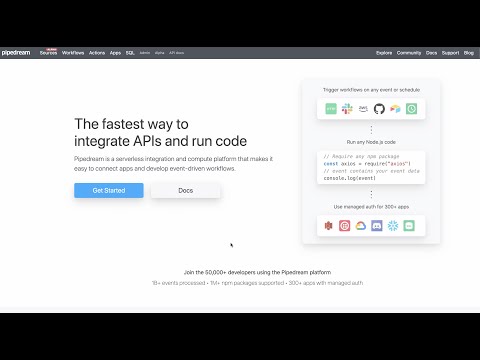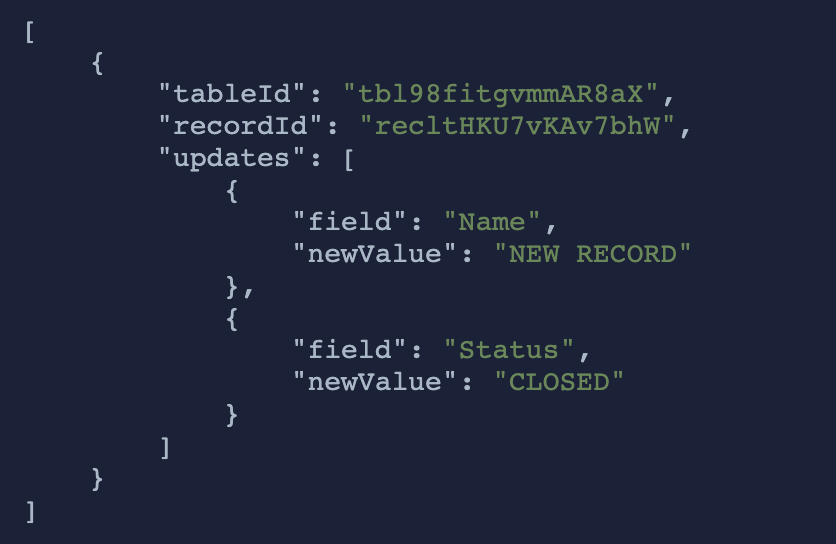What do you want to automate
with Gryd and Slack?
Prompt, edit and deploy AI agents that connect to Gryd, Slack and 2,800+ other apps in seconds.
Trusted by 1,000,000+ developers from startups to Fortune 500 companies
Popular Gryd and Slack Triggers#
Emit new event when a new message is posted to one or more channels
Emit new event when a message was posted in a direct message channel
Emit new events on new Slack interactivity events sourced from Block Kit interactive elements, Slash commands, or Shortcuts
Emit new event when a specific keyword is mentioned in a channel
Popular Gryd and Slack Actions#
Fetches data for a specific vehicle from the Gryd API. See the documentation
Fetches DVLA data for a specific vehicle from the Gryd API. See the documentation
Send a message to a public or private channel. See the documentation
Fetches MOT data for a specific vehicle from the Gryd API. See the documentation
Send a message to a user, group, private channel or public channel. See the documentation
Overview of Gryd#
The Gryd API is a resourceful tool for accessing data related to real estate, such as apartment listings, property details, and pricing information. Within Pipedream's serverless platform, you can employ Gryd API to automate workflows, sync data across various apps, and extract real-time insights from the housing market. Leveraging Pipedream's ability to connect to hundreds of apps, you can integrate Gryd data with other services, such as CRMs, messaging apps, or spreadsheets, to streamline operations, alert users, or analyze property trends.
Connect Gryd#
import { axios } from "@pipedream/platform"
export default defineComponent({
props: {
gryd: {
type: "app",
app: "gryd",
}
},
async run({steps, $}) {
return await axios($, {
url: `https://api.gryd.org/vehicle/vrm/{{your_vrm_number}}`,
headers: {
"X-API-KEY": `${this.gryd.$auth.api_key}`,
},
})
},
})
Overview of Slack#
The Pipedream app for Slack enables you to build event-driven workflows that interact with the Slack API. Once you authorize the app's access to your workspace, you can use Pipedream workflows to perform common Slack actions or write your own code against the Slack API.
The Pipedream app for Slack is not a typical app. You don't interact with it directly as a bot, and it doesn't add custom functionality to your workspace out of the box. It makes it easier to automate anything you'd typically use the Slack API for, using Pipedream workflows.
- Automate posting updates to your team channels
- Create a bot to answer common questions
- Integrate with your existing tools and services
- And much more!
Connect Slack#
import { axios } from "@pipedream/platform"
export default defineComponent({
props: {
slack: {
type: "app",
app: "slack",
}
},
async run({steps, $}) {
return await axios($, {
url: `https://slack.com/api/users.profile.get`,
headers: {
Authorization: `Bearer ${this.slack.$auth.oauth_access_token}`,
},
})
},
})
Related Videos#


Community Posts#
